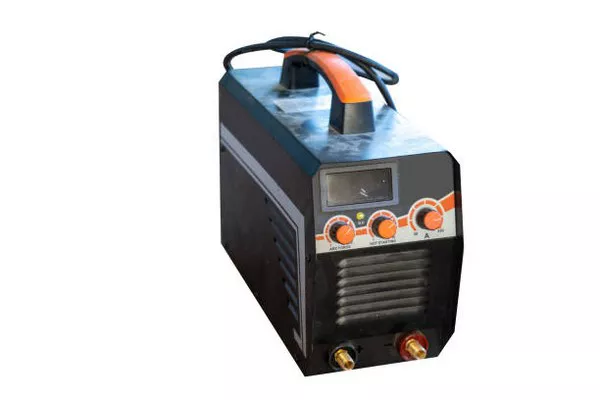Volvo Penta, a subsidiary of the Volvo Group specializing in marine and industrial engines, is set to introduce its cutting-edge D17 genset engine to the North American market. The 706 kW D17, representing the pinnacle of Volvo Penta’s fuel-efficient generator set lineup, boasts up to 5% lower fuel consumption per kWh compared to its predecessor, the D16, and similar models.
Key features of the D17 include dual-stage turbochargers and heavy-duty steel pistons, enhancing power density for applications such as electrical gensets. The 17.26-liter diesel engine incorporates advanced combustion technology, including an upgraded fuel-injection system with electronic unit injectors and a common-rail design to reduce exhaust emissions.
Designed as an in-line six-cylinder system, the D17 provides a high-power alternative to other Tier 3 and Tier 4 engines in its class. Operating at dual speeds of 1,500/1,800 revolutions per minute (rpm), it is ideal for applications requiring continuous availability of backup electrical power, such as data centers, hospitals, and airports.
Certified under the U.S. Environmental Protection Agency’s Tier 2 stationary emergency regulations, the D17 meets the highest standards for reliability in backup power generation. It also complies with the ISO 8528 G3 load acceptance standard, ensuring quick response to power demands during blackouts.
The D17 builds on the design of the Volvo D16 engine, maintaining a compact and low-weight architecture that ensures smooth operation with minimal vibration and noise. Its common-rail injection system allows electronically controlled precision in the combustion process, contributing to improved fuel consumption and emission control.
The engine offers an extended 1,000-hour service and oil change interval, low heat injection, common spare parts, and compatibility with hydro-treated vegetable oil as an alternative fuel source. Volvo Penta continues to explore additional technologies, including the development of a natural gas version of the D17 and expansion into battery energy storage systems.

